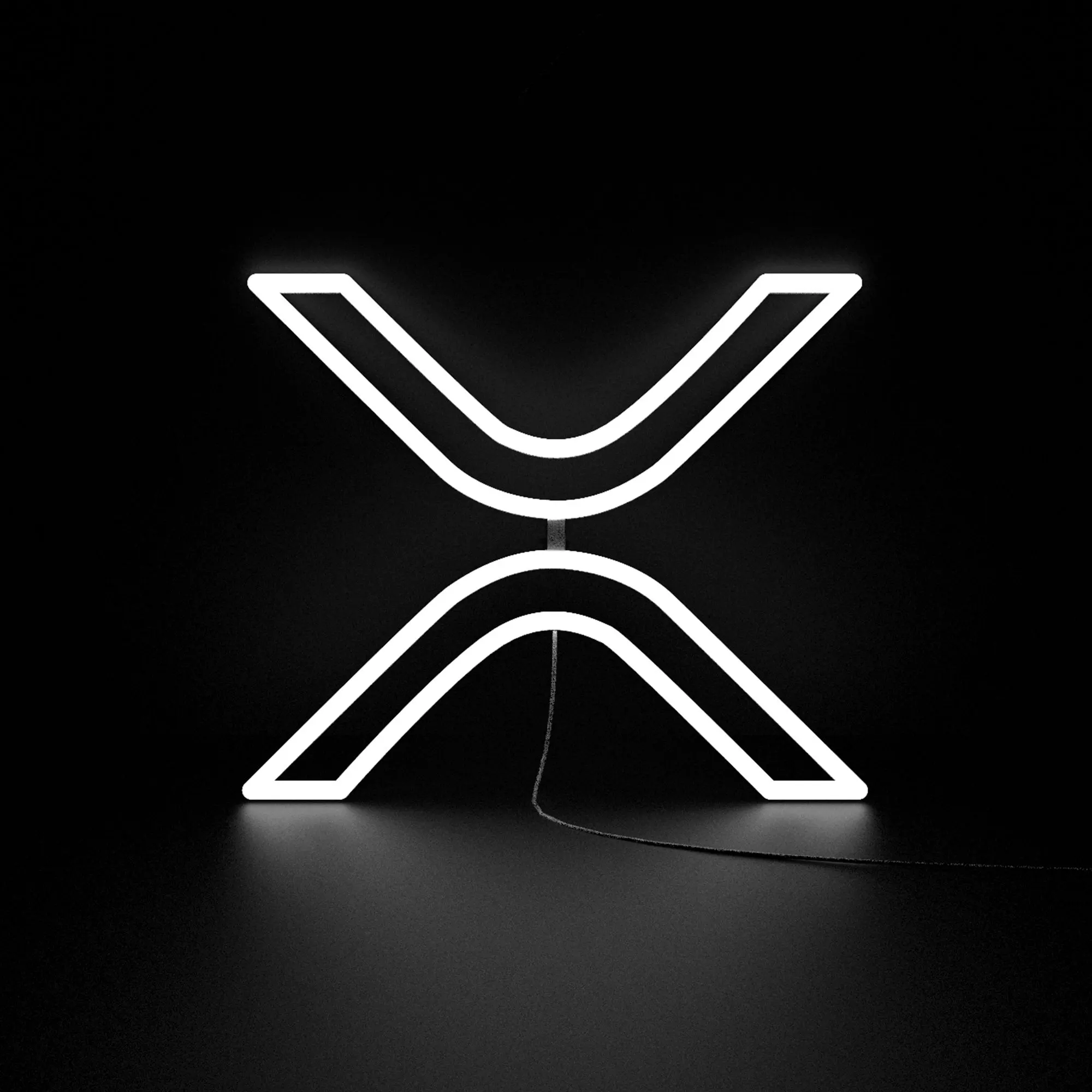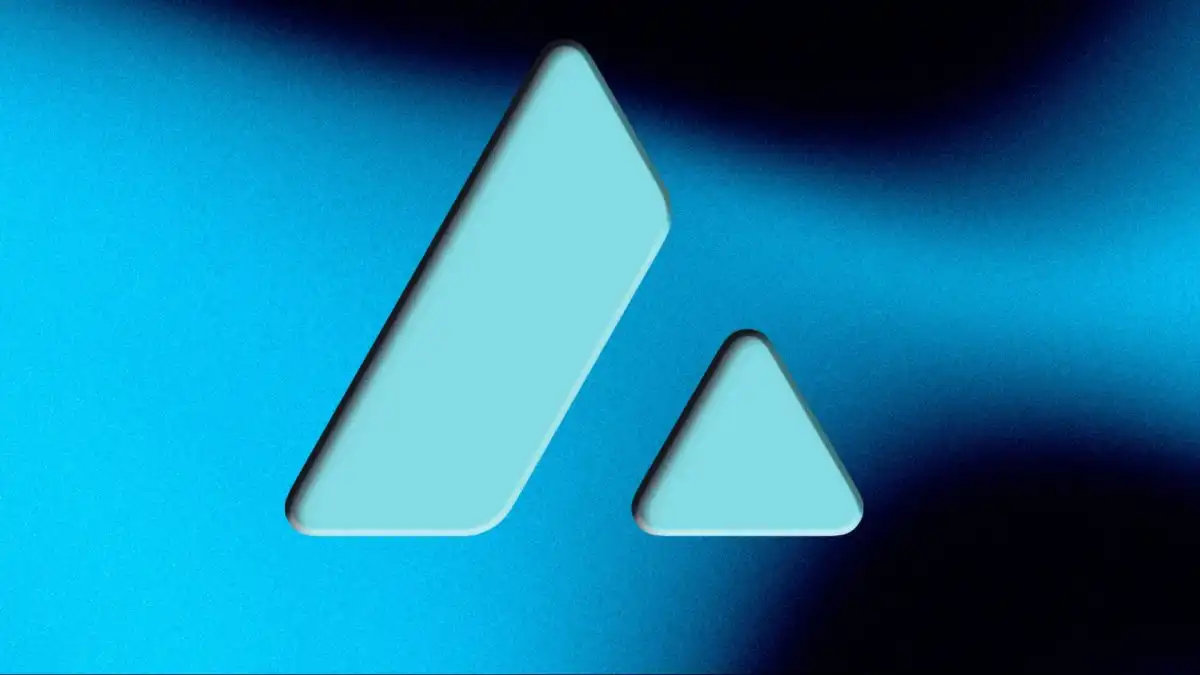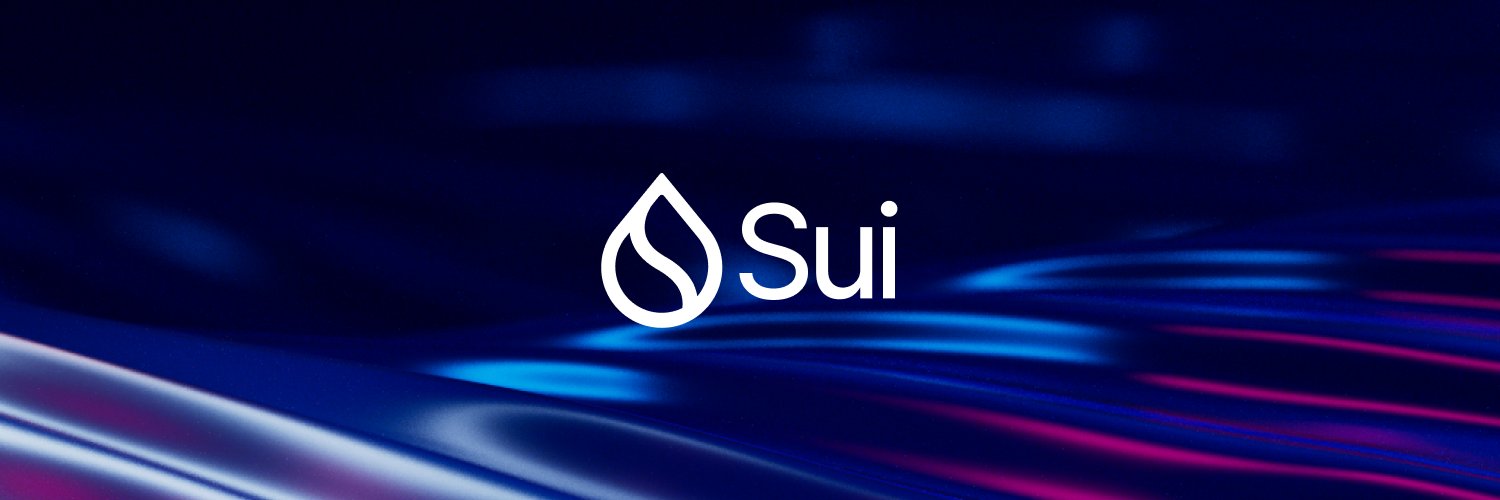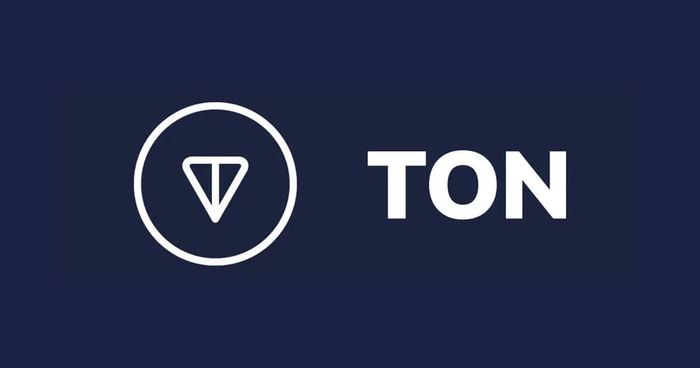- Newly surfaced documents highlight XRP’s strong alignment with ISO 20022 standards, positioning it as a potential leader in global financial messaging and cross-border payments.
- Researcher SMQKE emphasizes that Ripple’s infrastructure meets key interoperability and compliance criteria, enabling XRP to bridge traditional finance with blockchain systems.
In a recent analysis shared by crypto researcher SMQKE, new documents highlight XRP’s strong positioning within ISO 20022-compliant financial systems. The findings suggest that Ripple’s distributed ledger technology, powered by its native token XRP, could play a dominant role as traditional finance rapidly adopts this global messaging standard.

ISO 20022 is a standardized protocol designed to modernize and unify the data exchange between financial institutions worldwide. It enhances efficiency, security, and interoperability — critical components in today’s evolving financial ecosystem. According to a quote featured by SMQKE from Financial IT, Ripple’s ledger and ripple meet all essential criteria for modern messaging networks: standardization, rationalization, and reusability.
Also read: AVAX Price Struggles at $26: Will Avalanche Break Out or Face Bearish Reversal?
This alignment places Ripple at the forefront of innovation, particularly as legacy systems seek to integrate emerging fintech solutions. SMQKE emphasizes that ISO 20022 creates a bridge between traditional institutions and blockchain-based platforms, allowing for smoother cross-border transactions and data synchronization.
Further underlining this transition, SMQKE shared visual materials illustrating how cryptocurrencies like ripple Algorand, and Cardano are aligning with ISO 20022 standards. This alignment enables digital assets to plug into mainstream financial systems, increasing transparency, trust, and transaction speed.
Interoperability remains a key challenge in the blockchain space, with fragmented systems struggling to communicate effectively. However, the implementation of ISO-based protocols by global standardization bodies such as the ISO and IEEE is seen as a game-changer. These efforts not only address technical hurdles but also enhance the practical utility of blockchain networks in institutional settings.
The documents reviewed by SMQKE point to Ripple’s technology being ready to scale financial messaging well beyond trade finance. With XRP embedded in Ripple’s ISO 20022-compliant infrastructure, the digital asset is well-positioned to lead in global financial messaging and cross-border settlements.
While the full implications are yet to unfold, the evidence presented adds weight to the argument that ripple could become a backbone in the next generation of compliant, interoperable financial systems.




